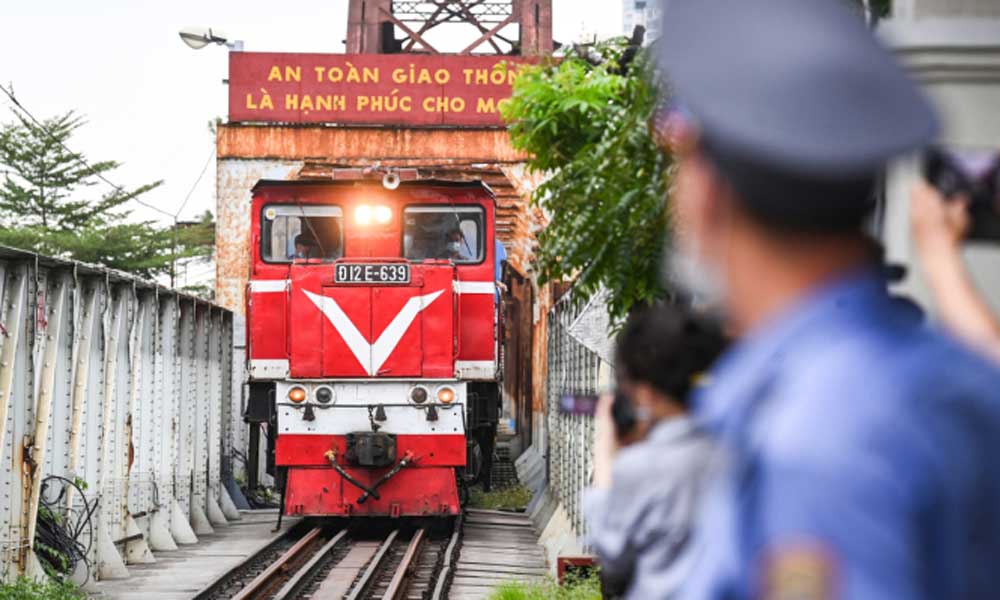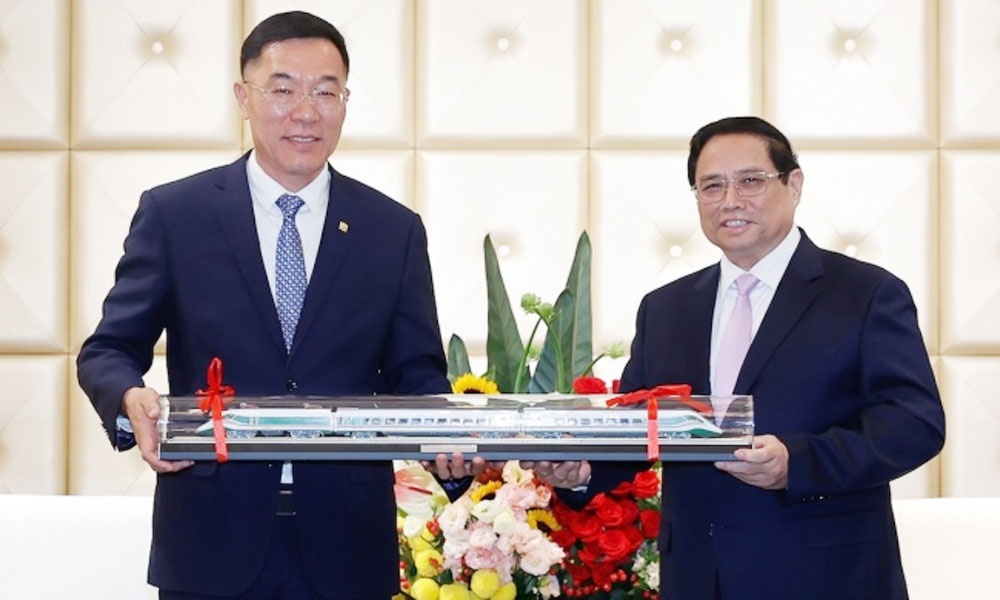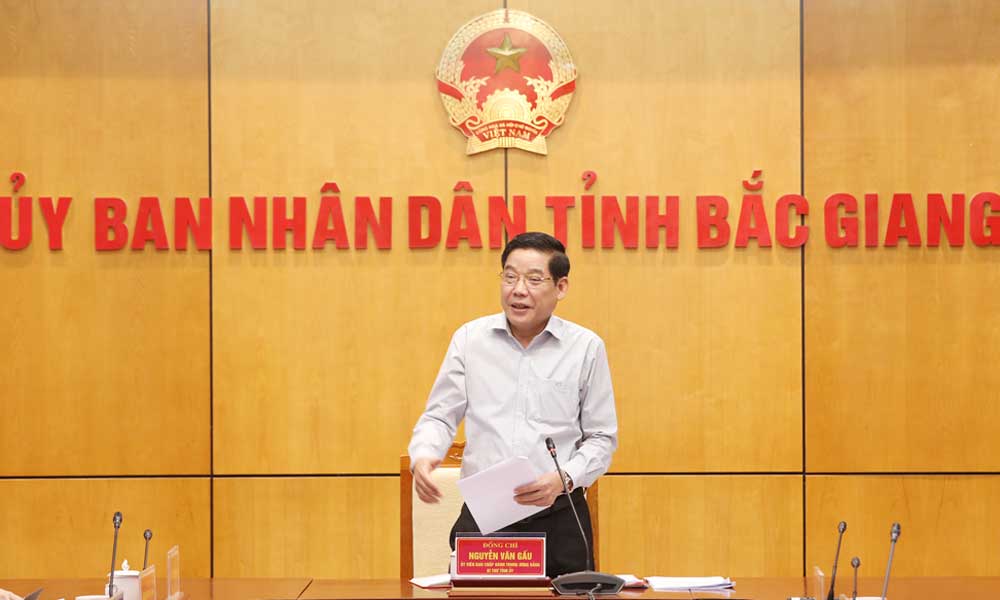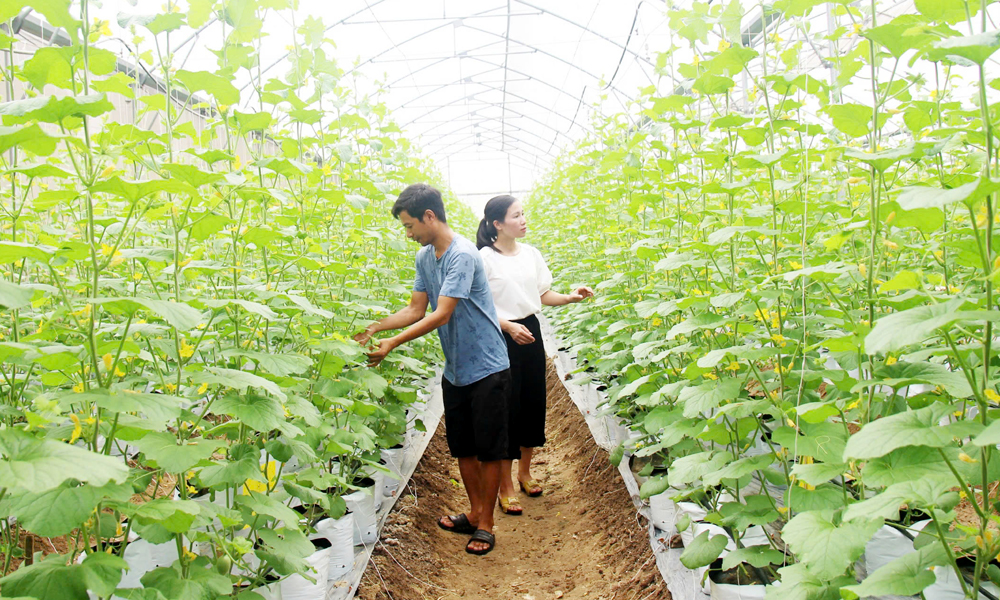Vietnam plans to invest in 1,500 kilometers of north-south high-speed railway
The Politburo has agreed to seek opinions from the Party Central Committee regarding the investment plan for a north-south high-speed railway before it is submitted to the National Assembly.
According to a pre-feasibility study report, the Ministry of Transport proposes investing in a high-speed railway with a design speed of 350 kph, a total length of 1,541 kilometers, double tracks with a gauge of 1,435 mm, and a total investment of approximately US$67.34 billion.
 |
|
A train runs in central Ha Tinh province in 2021. |
The electrified railway will include 23 passenger stations, as well as five freight stations connected to key cargo hubs. The route will start from Ngoc Hoi station in Hanoi through 20 provinces and cities, and end at Thu Thiem station in Ho Chi Minh City.
Additionally, according to consultants' calculations, with a speed of 350 kph, the railway is expected to attract about 12.5% more passengers than with a speed of 250 kph and cost approximately 8-9% more to build.
Regarding the implementation timeline, the ministry plans to present the investment policy to the legislature in October. In 2025-2026, a bidding process will take place to select international consultants, and surveys and preparations for a pre-feasibility study report will be conducted.
Land clearance will commence by the end of 2027, followed by construction bidding and groundbreaking for the Hanoi–Vinh and Nha Trang–Ho Chi Minh City sections of the railroad. Construction for the Vinh–Nha Trang section is expected to start in 2028-2029, with the aim of completing the whole route by 2035.
According to the Politburo, the project aims to meet the growing transport demand and aligns with the Party’s policies and orientations for transport infrastructure investment.
The high-speed railway is expected to foster regional and inter-regional connectivity, generate economic spillover effects and open up new economic development spaces. Additionally, it will help restructure urban areas and economic sectors, thereby enhancing the economy's competitiveness.
Moreover, the project is poised to drive the growth of the railway and supporting industries, promoting sustainable, modern, and eco-friendly modes of transport. This will help reduce traffic accidents, mitigate environmental pollution and adapt to climate change while ensuring national defence-security.
 Bắc giang
Bắc giang













Reader's comments (0)